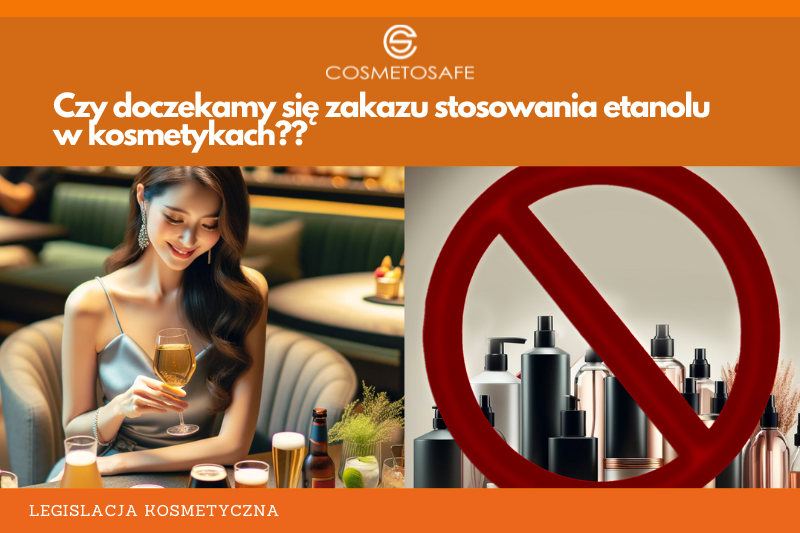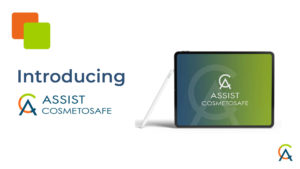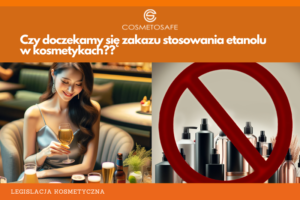We all know that ingredient-based legislation in the European Union is a complex matter. However, we may not always be aware of the consequences of mutual interference between #chemical legislation and #cosmetic legislation!
That is why today we are taking a look at current regulatory actions related to the attempt to update the regulation of hazards associated with ethanol in the EU.
Ethanol is currently classified as a flammable substance, which results in certain specific procedures for its use or labeling, and consequently also for consumer and industrial products containing it.
Even preschool children know that alcohol is harmful to health… Harmful, certainly when intentionally consumed in significant amounts in the form of alcoholic beverages, and with this, it seems no one argues.
However, since 2020, so for quite some time now, Greece has been arguing with us about the classification of ethanol. Descendants of Socrates claim that ethanol should be reclassified as a potentially reprotoxic category 2 substance and a substance harmful to breastfed children. It is hard to disagree that these types of risks associated with alcohol use are well-known facts, confirmed in studies and epidemiology.
So, what is all this fuss about?
The current legal status and the significance of article 15 of the Cosmetic Regulation could lead to a ban on the use of ethanol in cosmetics if it were to be regulated as a reprotoxic substance. That is unless it is positively reviewed by the SCCS Committee!
What is crucial in this whole discussion is that limiting its use on a legal basis will not affect food products and alcoholic beverages at all—the consequences of CLP classification do not apply to them! So, in terms of the main source of health effects, at least theoretically, nothing will change…
To make matters more interesting, the classification of ethanol could limit its use in biocidal products, which are key in medical and consumer contexts. And until recently, they were considered the most important tool in fighting the pandemic.
So let’s answer the question directly whether the health risks associated with the use of ethanol in cosmetics are the same as those associated with long-term consumption? Of course not!
According to the principles of risk assessment, hazards are just the beginning of the path to estimating the risk associated with exposure to a given substance via a specified route of administration. The aforementioned reprotoxic properties of ethanol manifest themselves with its chronic oral administration. Alcohol applied to the skin does not show significant bioavailability—firstly, it is volatile, and secondly, studies of its transport through the skin in vivo have even been conducted. During these studies, a group of volunteers sat with their legs immersed in ethanol for a specified time 😊—and what was found? The amount available in the bloodstream from such exposure was still negligible. If there is no chance of entering the bloodstream, then systemic effects (including reprotoxic ones) are unlikely.
So what? Do we give up on disinfectants, hair sprays, facial toners, etc., while still enjoying our favorite drink?




